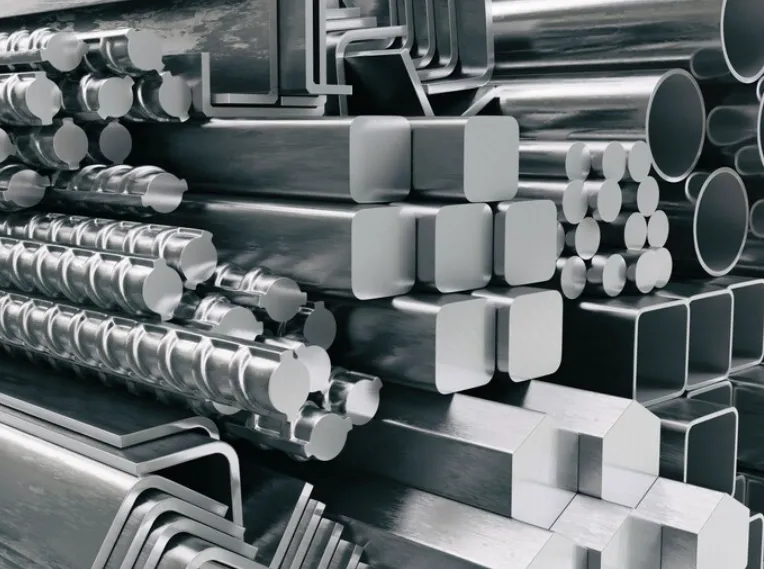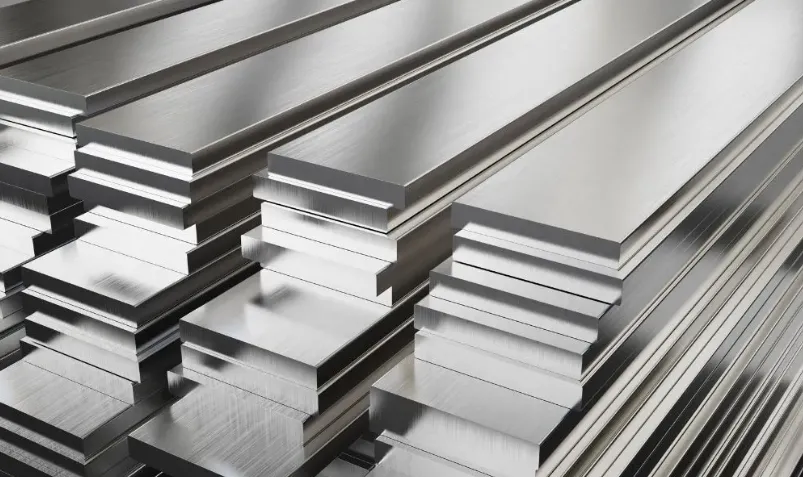Stainless steel represents a family of iron-based alloys containing a minimum of 10.5% chromium by mass, which forms a passive oxide layer that confers corrosion resistance. This chromium-rich surface layer, typically 2-5 nanometers thick, exhibits self-healing properties when damaged. The material system incorporates various alloying elements including nickel (8-12% in austenitic grades), molybdenum (2-4% for enhanced pitting resistance), and carbon (0.03-1.2% depending on grade). Metallurgists classify stainless steels into five primary categories based on their crystalline structure: austenitic (300 series), ferritic (400 series), martensitic (400 and 500 series), duplex (mixed austenitic-ferritic), and precipitation-hardening grades. Each classification demonstrates distinct mechanical properties and corrosion resistance characteristics determined by their specific alloy compositions and heat treatment protocols.
 Manufacturing Processes and Production Methods
Manufacturing Processes and Production Methods
The production of stainless steel involves multiple stages beginning with electric arc furnace melting of raw materials including iron ore, chromium, and nickel alloys. Argon oxygen decarburization (AOD) or vacuum oxygen decarburization (VOD) processes refine the molten metal to achieve precise carbon control below 0.03% for improved weldability in low-carbon grades. Continuous casting produces slabs or billets that undergo hot rolling at temperatures between 1100-1250°C, followed by cold rolling to achieve final thicknesses with improved surface finish and dimensional accuracy. Annealing processes restore corrosion resistance after cold working, with solution annealing temperatures ranging from 1010-1120°C for austenitic grades. Surface finishing options include No. 1 (hot-rolled annealed), 2B (cold-rolled bright annealed), BA (bright annealed), and various polished finishes for architectural applications. Global stainless steel production reached 58.2 million metric tons in 2023, with China accounting for approximately 56% of total output.
Mechanical Properties and Performance Characteristics
Stainless steels demonstrate a wide range of mechanical properties tailored to specific applications:
- Austenitic Grades (304, 316): Yield strength 200-300 MPa, elongation 40-60%, excellent cryogenic toughness
- Ferritic Grades (430, 446): Yield strength 275-450 MPa, magnetic properties, moderate formability
- Martensitic Grades (410, 420): Yield strength 550-1900 MPa (depending on tempering), high hardness (up to 58 HRC)
- Duplex Grades (2205, 2507): Yield strength 450-550 MPa, excellent stress corrosion cracking resistance
The material maintains strength at elevated temperatures, with 304 grade retaining approximately 50% of room temperature strength at 800°C. Fatigue strength typically ranges between 35-60% of tensile strength at 10^7 cycles. Corrosion resistance varies significantly by grade, with PREN (Pitting Resistance Equivalent Number) values ranging from 18 for basic grades to >40 for super duplex and super austenitic alloys.
Industrial Applications and Sector-Specific Utilization
Stainless steel serves critical functions across diverse industries:
- Architecture and Construction: Cladding, roofing, structural components (Grade 316 for coastal environments)
- Food Processing and Catering Equipment: Tanks, piping, work surfaces (Grades 304, 316L)
- Medical Devices: Surgical instruments, implants (Grades 316LVM, 22Cr-13Ni-5Mn)
- Chemical Processing: Pressure vessels, heat exchangers (Grades 317L, 904L)
- Automotive: Exhaust systems, trim (Grades 409, 436)
- Energy: Nuclear reactor components, offshore platforms (Grades 304L, 316LN, super duplex)
The material’s hygienic properties, combined with cleanability and corrosion resistance, make it indispensable for pharmaceutical and biotechnology applications requiring sterile conditions. Recent architectural trends have expanded the use of specialty finishes including colored PVD coatings and patterned surfaces for aesthetic applications.
Corrosion Mechanisms and Protective Measures
While stainless steel exhibits superior corrosion resistance compared to carbon steels, several degradation mechanisms require consideration:
- Pitting Corrosion: Localized attack in chloride environments, mitigated by increasing molybdenum content
- Crevice Corrosion: Occurs in stagnant zones, addressed through design optimization
- Stress Corrosion Cracking: Chloride-induced cracking at temperatures >60°C, prevented by using duplex grades
- Intergranular Corrosion: Sensitization at 425-815°C, avoided through low-carbon (L grades) or stabilized (321, 347) alloys
Protective measures include proper material selection based on service environment, maintenance of clean surfaces, and avoidance of galvanic coupling with less noble metals. Electropolishing improves corrosion resistance by removing surface inclusions and creating a more uniform passive layer.
Fabrication Techniques and Joining Methods
Stainless steel fabrication requires specialized techniques to maintain material properties:
- Machining: Requires rigid setups, positive rake tools, and coolant/lubrication (speeds 30-50% slower than carbon steel)
- Forming: Austenitic grades work harden rapidly, necessitating intermediate annealing for severe deformation
- Welding: Most grades are weldable using matching filler metals, with TIG being preferred for thin sections
- Cutting: Laser and waterjet cutting produce clean edges, while plasma is economical for thicker sections
Post-weld treatments such as pickling and passivation restore corrosion resistance in heat-affected zones. Duplex steels require careful control of heat input to maintain favorable phase balance.
Environmental Considerations and Recycling
Stainless steel boasts a strong sustainability profile with several environmental advantages:
- Recyclability: 80-90% of end-of-life stainless steel gets recycled into new products
- Long Service Life: 50+ year lifespan in architectural applications reduces replacement needs
- Reduced Maintenance: Eliminates need for protective coatings in most environments
The production of recycled stainless steel requires only about one-third the energy of primary production. Modern mills utilize 90-95% recycled content in their melt stock. Emerging developments focus on improving scrap sorting technologies to maintain alloy purity in recycled material streams.
Emerging Alloys and Future Developments
Recent advancements in stainless steel technology include:
- Lean Duplex Grades: Cost-effective alternatives to standard 304 with higher strength
- High-Entropy Alloys: Novel compositions with exceptional corrosion resistance
- Additive Manufacturing Grades: Optimized powders for 3D printing applications
- Nanostructured Variants: Enhanced mechanical properties through grain refinement
Research continues into improving high-temperature performance, developing antibacterial surface treatments, and creating smart stainless steels with embedded sensors for structural health monitoring. These innovations promise to expand stainless steel’s applications in demanding environments from deep-sea to aerospace applications.








